Creativity is the last refuge of the artist. The technical skill and style of artists can now be replicated by artificial networks to reproduce new work. So, what impact does the human have on the creation of art when a new technology can replace skill? This problem isn’t a new one, instead we should look at the long history of new technology to see how new tools always extend the definition of what art is, writes Henry Shevlin.
In August this year, the Colorado State Fair found itself at the centre of an international news story when it announced the winner of its digital art competition. The piece, the cleverly titled Théâtre D’opéra Spatial, depicts an imaginary operatic performance before a small crowd in front of a vast circular window, through which is dimly visible a seemingly alien or otherworldly background redolent of the space operas of science fiction. What caused the controversy was not the piece’s content, however, but the mode of its creation. The artist, Jason Allen, had used a computer program called Midjourney to generate the image from a text prompt. While he claimed to have been open about this fact when entering the competition, many commentators were unimpressed; as one of them put it, “typing keywords in a good enough sequence isn’t art.”
 SUGGESTED READING
Computer creativity is a matter of agency
By Dustin Stokes
SUGGESTED READING
Computer creativity is a matter of agency
By Dustin Stokes
Controversies about the relationship between technology and art are hardly new. In 1853, photographer John Leighton had opined that “[p]hotographic pictures are at present too literal to compete with works of art”, and despite the pioneering attempts of early photographers such as Alfred Stieglitz, it was only in the 1940s that photography began to be broadly accepted as an artform in its own right. Similar debates raged in the early days of cinema, and have once again arisen in the case of videogames, with philosophers such as Aaron Smuts making cogent arguments for their potential status as artworks. Moreover, the use of computers to create art and music – so-called ‘generative’ art –has itself been well established for decades, at least among the avant-garde, with pieces like Brian Eno’s 2006 work 77 Million Paintings attracting widespread acclaim.
___
Can the outputs of these AI systems ever be considered genuine forms of art?
___
If one were to draw a lesson from these cases, it is that history (and ultimately the art world) seems to be on the side of those who would extend the concept of art to include new forms of human creativity. But is AI-assisted art a special case? Could typing keywords into a computer program ever really count as creative?







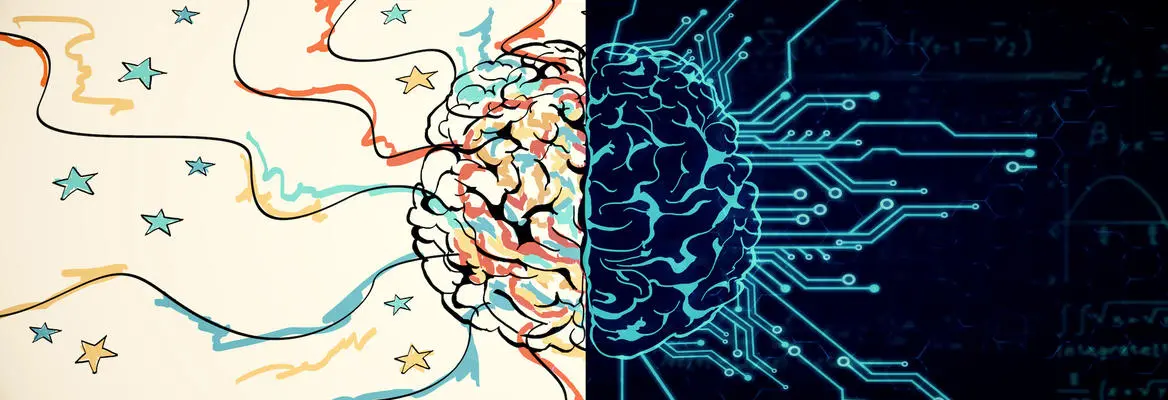


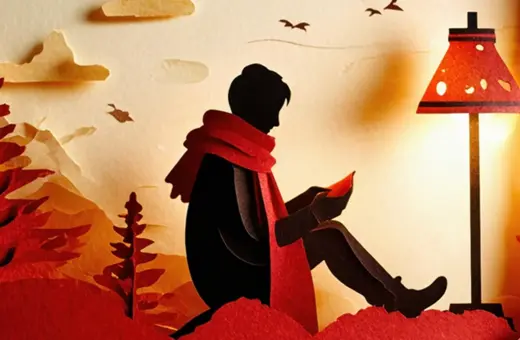
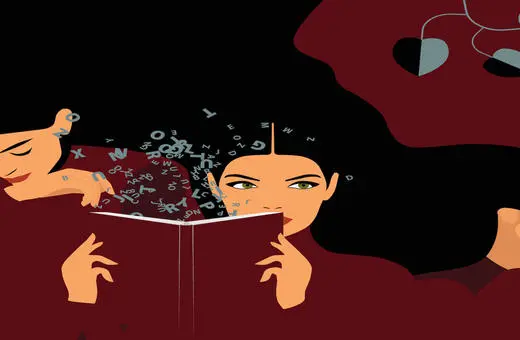
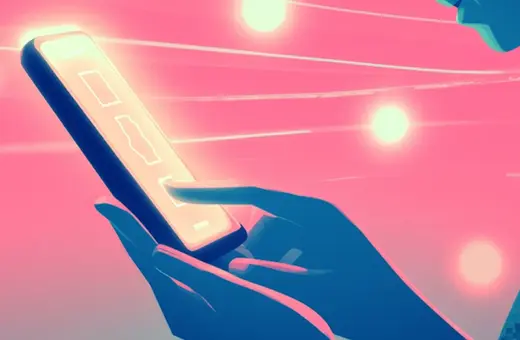
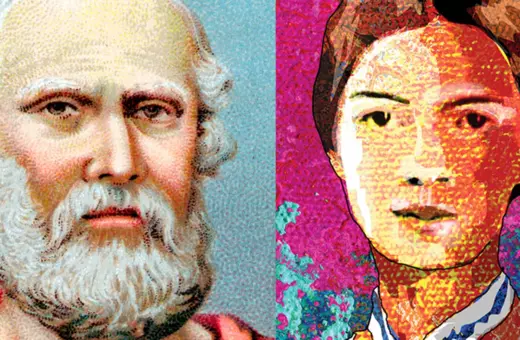
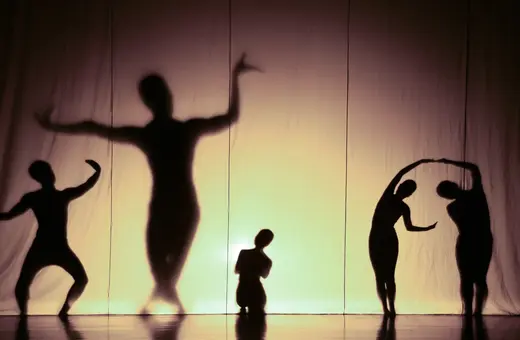
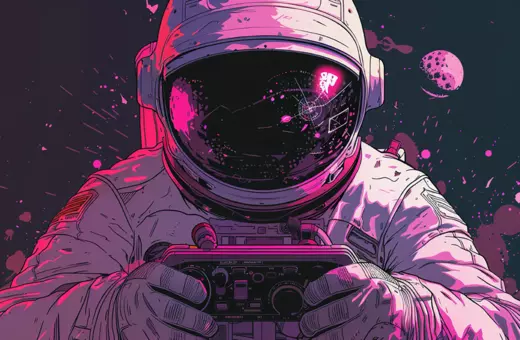
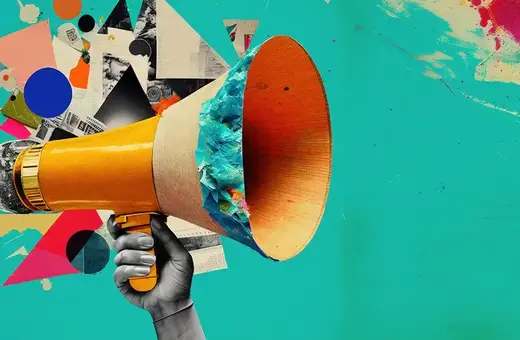

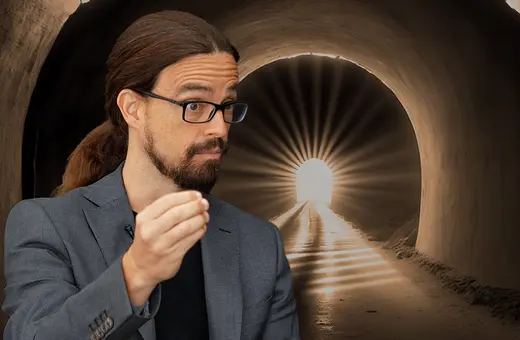
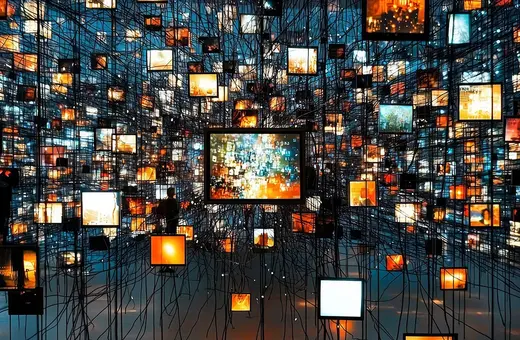
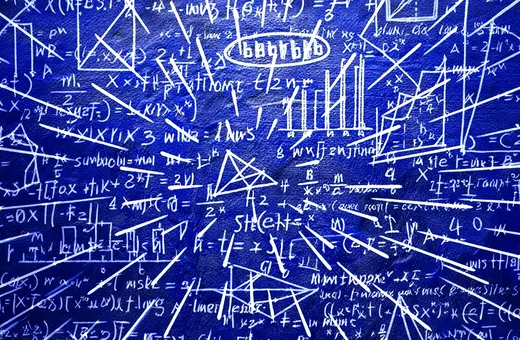
Join the conversation